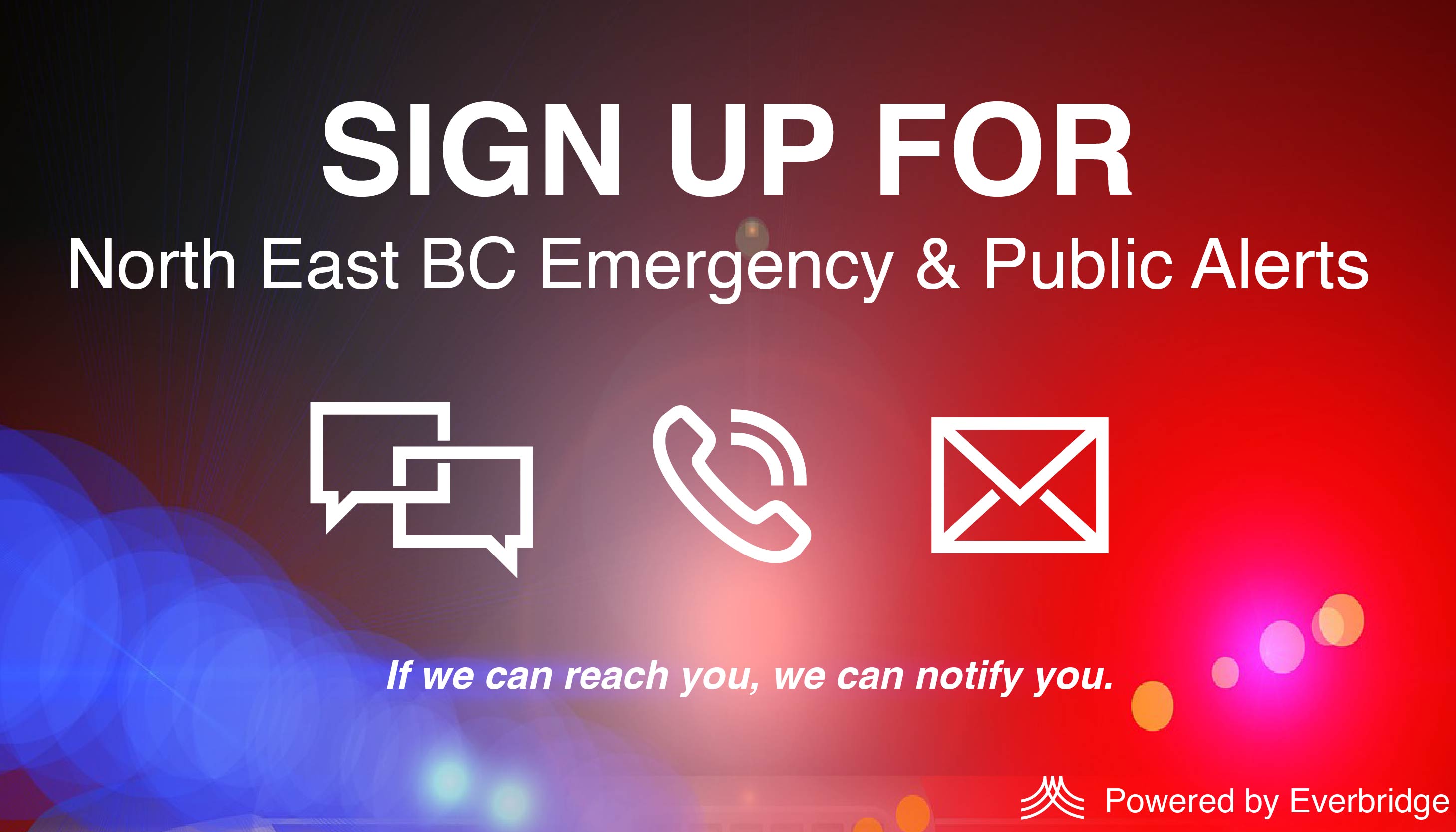Community Preparedness
When an emergency event occurs, you and your family could be on your own for an extended period of time while emergency responders assist those in most critical need. In order to lessen the impact of an emergency, citizens are encouraged to take three simple steps to personal preparedness:
- Know the Risks. Understanding the risks in your community can help you develop a plan of action during an emergency
- Make a Plan. Talk to your family about what you would do if an emergency occurred while you were at work or the kids were at school. Where would you meet? Who would you phone? Where would you stay if you had to leave your home? How will you transport pets?
- Get a Kit. Prepare a kit with the necessities to manage for at least 72 hours after an event
Prepare for an Evacuation
Preparing for an evacuation is a bit different from planning for other emergencies. In this case, you may have a bit of time to prepare and what you take with you is different because you might not have a place to return to when the emergency is over. This Evacuation Preparation checklist can assist you. [PDF - 124 KB]
Evacuation Alert
An Evacuation Alert means get ready to go. You might not be evacuated but if you are, you need to be prepared. Here is what you need to do:
- Put gas in the car. Get extra if you can.
- Find your list (above) and pack.
- Have everything you want to take at the door, in your trailer or in your car ready at a moment’s notice.
- Let your family know you are on Alert and where you plan to go if you are evacuated and designate an emergency contact person who lives outside the area.
Evacuation Order
- You are at risk. Leave the area immediately.
- Local police or RCMP enforce evacuation orders.
- You are encouraged to register all family members at the reception centre so emergency responders know that you are safe (it also records your information in case you may be eligible for support services during the evacuation).
- Listen to the radio, check local news sites, the City website, and the City Facebook page for information on the best routes to take, shelter sites and changes to the evacuation order.
Planning for an Emergency
Emergencies can happen anywhere, at any time, and usually when we least expect it. Parents may be at work and children at school when an event occurs. Would your family know where to meet and how to contact each other if you couldn’t get home? Having a plan in place before an event will ensure that your family knows what to do when an emergency occurs. It only takes about 20 minutes to develop a plan for you and your family that will reduce the uncertainty of an already stressful situation.
Things to consider when developing your plan:
- Do you have a fire safety plan for your home that identifies at least two exits from each room?
- Do you know how to shut off your utilities? Locate the gas and water shut-offs and show everyone in the family how to use them
- Where will you go if you’re at home and have to evacuate?
- Identify at least two evacuation routes from your neighbourhood
- Where will you meet if you are not all together? Identify a safe place where you will all meet if you have to evacuate your home or if you can’t go home. Choose one location near your home and a second location just outside your immediate neighbourhood
- How will you contact each other if you are unable to meet? During an emergency, local communications may be overwhelmed, but long-distance is often available. Choose a person outside the region who can act as an emergency contact for your family
- What is the school or daycare’s emergency plan? Find out how they will contact families in the event of an emergency
- Who will pick up the children if you are unable to do so? Find out what authorization would be required by the school or daycare to release your children to a designated person
- What will you do with your pets?
- Are there any special needs that need to be considered, such as medical conditions, mobility issues or accommodation needs?
- Include contact numbers for all family members, schools, doctors, emergency contacts, etc. in your plan
Planning for Persons With Special Needs
The Emergency Management BC website contains detailed checklists to assist people with disabilities to become better prepared for an emergency or disaster. This includes general preparedness tips and tips specifically designed for individuals with mobility, visual, hearing and cognitive disabilities. Public Safety Canada has developed an Emergency Management Guide for People with Disabilities/Special Needs. This guide is also available in print format at City Hall. The Disability Alliance BC has been working with a broad network of disability organizations and people with disabilities to build relationships with the emergency management sector and may provide additional information for planning purposes.
Fire Prevention and Preparedness
The BC Wildfire Service has a great deal of information on preparing your property for a wildfire. Learn how to protect your property and your home on their website.


